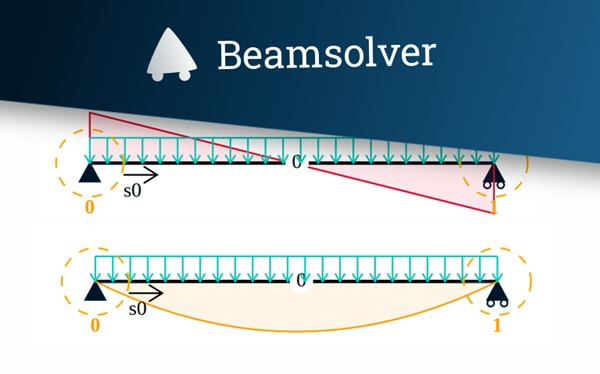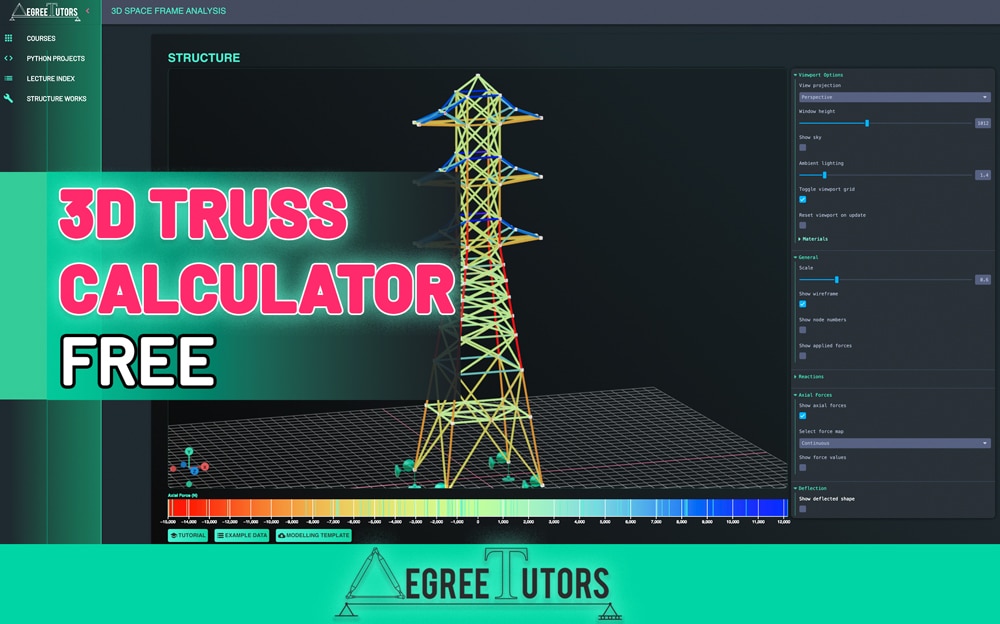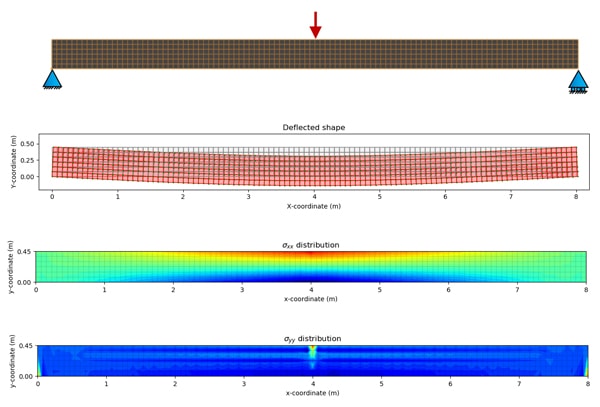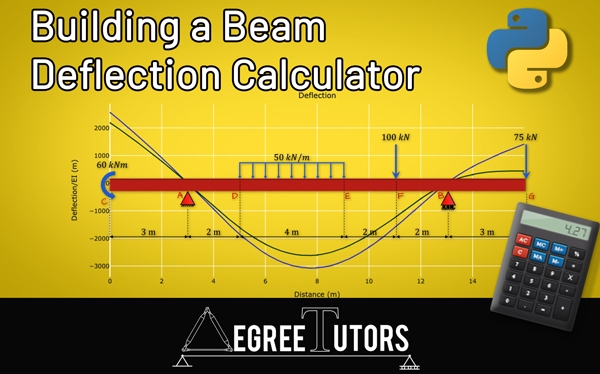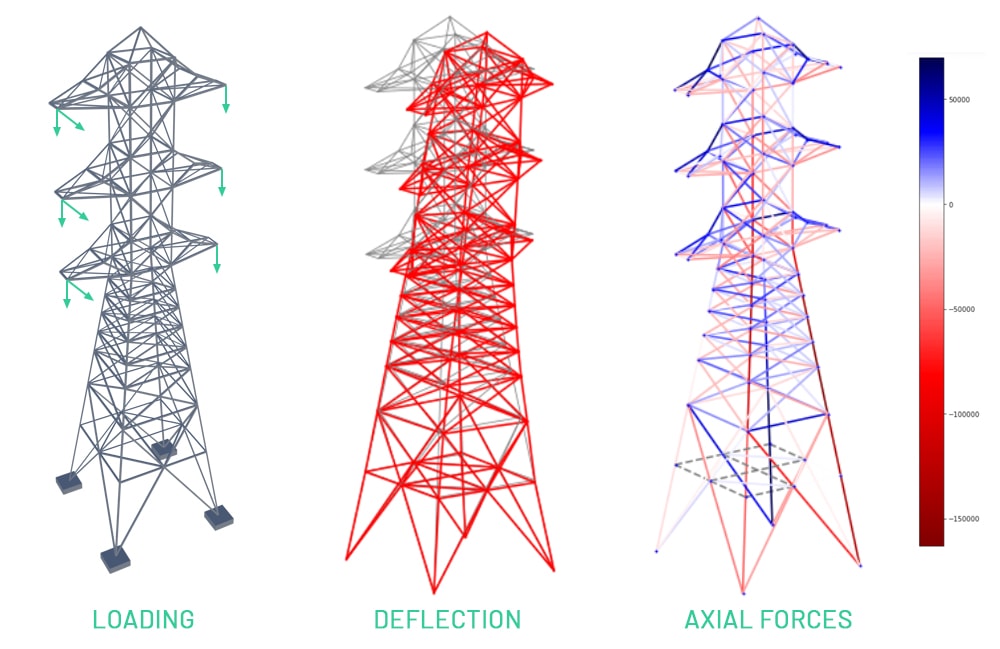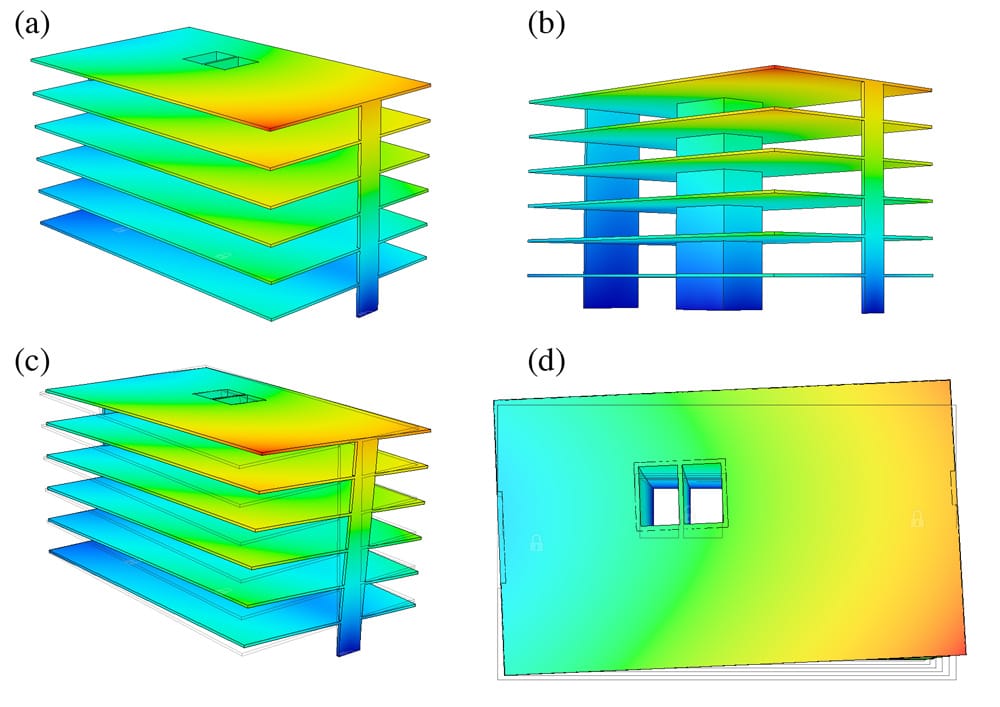Influence Lines: A Complete Introduction for Civil and Structural Engineers
In this tutorial on influence lines, we will explore influence lines and the techniques that can be used to construct influence line diagrams for determinate and indeterminate beam structures. By the end of this tutorial, you will be confident in drawing and formulating influence lines for determinate structures. You will also develop an appreciation of how we can implement more advanced structural analysis techniques to construct influence lines for indeterminate structures. Along the way, we’ll touch on Maxwell’s Reciprocal Theorem and the Müller-Breslau Principle.

